As the web’s most popular server-side language, PHP has been around for some time now. In the past, PHP has seemingly sat on its hands more than other modern languages, such Python and Ruby. Luckily, in this developer’s opinion, the tables have begun to turn. We’re beginning to experience the next renaissance of PHP! But what if these new tools and frameworks mean nothing to you? What if you’re just getting started in this industry? Where do you start? What do you learn? In what order do you progress?
Hopefully, this opinionated PHP-specific guide through Tuts+ courses will help to fill in those gaps. So what are you waiting for? Let’s get started.
Summer is coming to an end and it is almost time to go back to school again. With this in mind, let us get to basics and share with you a selection of great beginner tutorials and articles which explain tools, panels and other tricks Adobe Illustrator has to offer!
Prerequisites
Hold on there, partner. Before you’re ready to follow this guide, be sure that you have a modest understanding of the following technologies:
A Gentle Introduction
Learning how to code is akin to stepping into a foreign country for the first time, where nobody speaks your language. What the heck does PHP even stand for? Variables? Huh? And why do functions and methods do similar things, but have different names? This stuff is too confusing!
Don’t worry: it’s confusing, until it isn’t anymore. Here are the first steps.
-

PHP 101
This introductory article will discuss the essentials of the PHP syntax.
-

Getting Good with PHP (eBook)
In Getting Good with PHP, Andrew Burgess will teach you everything you need to know about the basics of PHP.
-

PHP Fundamentals
In this course, I’ll teach you, from scratch, how to use PHP; we’ll also, naturally, have to learn a bit of MySQL in the process!
-

SQL Essentials
In this course, Andrew Burgess will teach you the essentials of querying your databases with SQL.
-
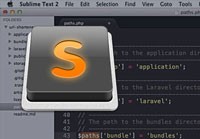
Perfect Workflow in Sublime Text 2
Though not specific to PHP, it’s incredibly important to choose a proper code editor, and learn the ins and outs of it.
Beyond the Basics
Great job! If you’ve made it to this section, you should absolutely pat yourself on the back; you represent the minority! Most people quickly become overwhelmed, and give up. Don’t stop! For your next set of assignments, you should learn about what’s new in PHP, as well as build your first blog, using WordPress.
-

What’s New in PHP
In this course, I’ll introduce you to some new additions to PHP, so that you’ll be up and running as quickly as possible!
-
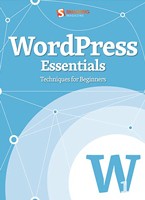
WordPress Essentials
WordPress is without a doubt the most popular Web software among online publishers.
-
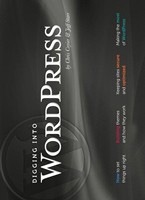
Digging Into WordPress
In clear, easy-to-read language, Digging into WordPress shows you how to tap WordPress’ potential and take your blog to the next level.
The World of Frameworks
You’re already this far down? Good for you! Remember how, in the previous section, I noted that you were in the minority to have gotten that far? Well, I’ll say it again! An incredibly large percentage of developers never get beyond customizing simple WordPress themes. Feel free to do a victory dance, before moving on.
…Finished? Okay, let’s start digging into MVC frameworks. While you have many, many PHP frameworks to choose from, here are my recommendations:
-
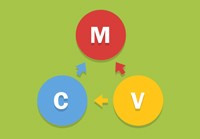
The MVC Mindset
Still feel stuck in the age of procedural, messy code that goes up in flames the moment you need to make an addition? There are better ways, and it’s known as MVC.
-

Why Laravel is Taking the PHP Community By Storm
“Could it be,” I thought to myself, “that PHP finally has a truly modern framework?”
-

Laravel 3 Essentials
Join me, as I dig into the Laravel framework, and demonstrate how to build web applications with ease!
-

Hands-On: Build a Practical Web Application with Laravel
In this course, I’ll walk you through the process of building a practical web app with Laravel – step by step!
Advanced Training
-

Easy Package Management With Composer
This article sets out to show you how to install and work with Composer packages.
-
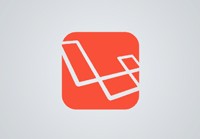
What’s New in Laravel 4
This course will get you up to speed on the latest additions to the Laravel framework as quickly as possible.
Git, Design Patterns and More
As you mature as a developer, you’ll begin to find that a language or framework is simply a tool for building web applications. Your skills will jump to the next level, when you begin to research architecture and language-agnostics topics, such as why we need version control, or why design patterns can be beneficial.
-

Git for Designers
As web designers it’s quite possible that, though you might say you leverage version control in your projects, the truth is that, more often than not, you simply don’t.
-
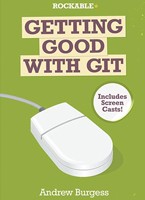
Getting Good With Git
Tuts+ instructor Andrew Burgess will guide you through the sometimes-scary waters of source code management with Git, the fast version control system.
-
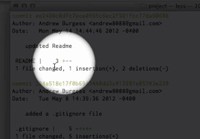
Git Essentials
A version control system, like Git, can keep track of the bugs, the features, the experiments, and everything else.
-

Demystifying REST
No, this is not an article that encourages you to sleep more! However, if that was your first inclination, then the following text was tailor-made for you!
-

Understanding Backbone and the Server
Backbone tutorials often describe the process of sending RESTful requests, but, how do we capture that data?
-

Agile Design Patterns
In this course, you’ll learn what design patterns are, how each of them is defined, what they are used for, and, of course, how to implement them in PHP!
-
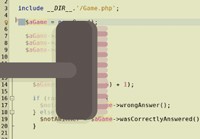
Techniques for Refactoring Code
Clean code describes how well-written code should look in ideal conditions. In a pragmatic sense, all refactoring represents simple steps toward clean code.
Test-Driven Development
For years and years, when refactoring code, developers would silently cringe after making each change. Is it possible that I just broke the code? I better switch to the browser to check! Think of your tests as little robots who execute code on every save. If you happen to break anything, your test robots will notify you immediately!
-
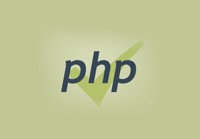
Test-Driven PHP in Action
In this course, join Radoslaw Benkel, as he takes you through the ins and outs of using PHP’s most popular test-suite, PHPUnit.
True Maturity
It’s important to remember that you should never plant your feet into one language (so to speak). Make a concerted effort to continue your learning. Learn Ruby, and see why so many developers advocate the Ruby on Rails framework. Play with Node.js and Express. Give Django a try! Even if you never completely switch to these platforms, I promise you that you’ll come out the other side as a better developer.
There’s no denying it: ours is an incredibly difficult industry. Whatever you do, don’t stop, and continue learning. Have fun!


Comments